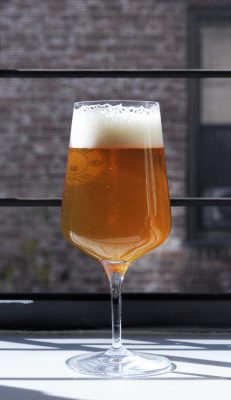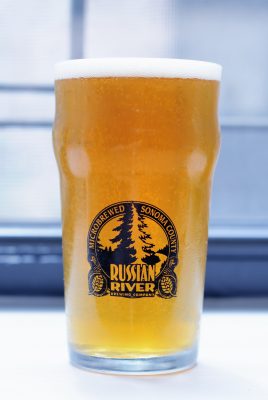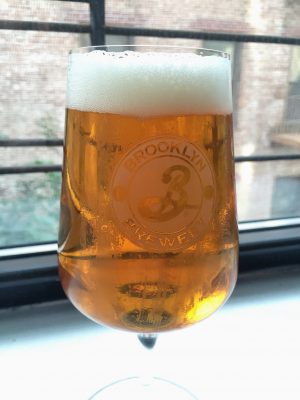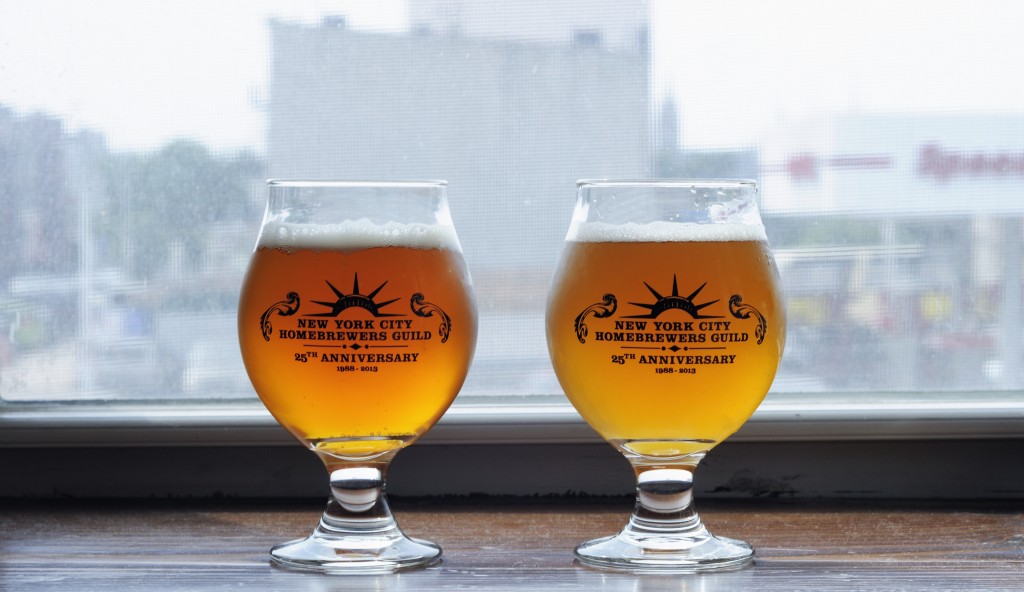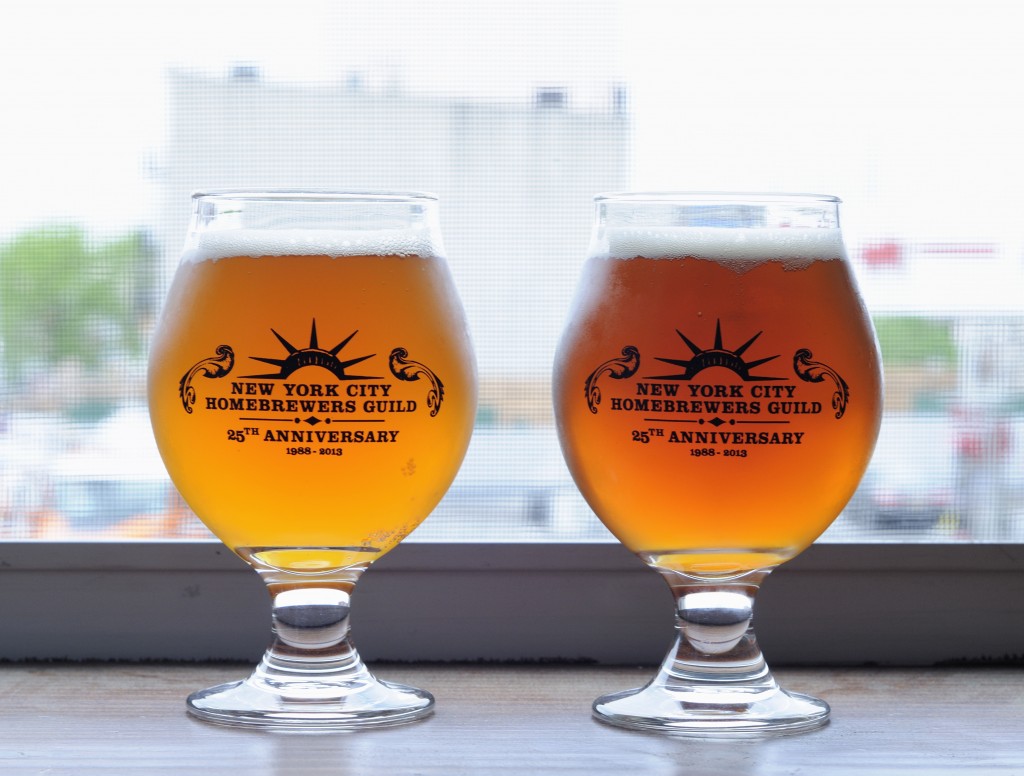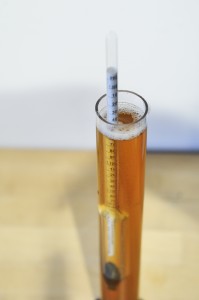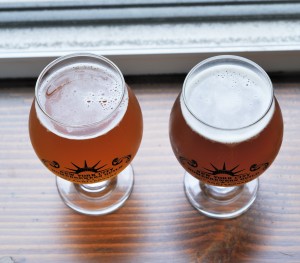At this past year’s National Homebrewers Conference I had the chance to try a couple of beers showcasing Briess Malting’s new Carapils Copper malt. While it seems hard these days to get folks excited about anything that’s not over-the-top hoppy, sour, or barrel-aged, I was genuinely impressed by said beers. The malt had a subtle bready character backed up by a soft toasty quality that I found unique and appealing. While these descriptors sound pretty generic, this malt had a unique character that was subtle yet different from what I’d expect from similarly colored crystal or kilned malts.
Wanting to get a chance to use this malt—and eyeballing some leftover Mosaic hops in my freezer—I decided to formulate a hoppy pale ale that would perhaps test the specialty malt’s ability to stand out in an intensely hopped beer.
Cryo Hop Pale Ale Recipe
Specifications:
Size: 3.25 gal
Efficiency: 68%
Attenuation: 80.7%
Original Gravity: 1.055
Terminal Gravity: 1.010
Color: 11.46 SRM
Alcohol: 5.98% ABV
Bitterness: 30.6 IBU (does not account for whirlpool isomerization)
Malt Bill:
3.25 lbs. (40.6%) Briess 2-Row
3.25 lbs. (40.6%) Crisp Maris Otter
0.75 lbs. (9.4%) Weyermann Vienna
0.75 lbs. (9.4%) Briess Carapils Copper Malt
Mash Profile:
150°F – 60m
Water Treatment:
Extremely Soft NYC Water
3 g. Gypsum (to mash)
3 g. Calcium Chloride (to mash)
Hopping:
10 g. Warrior (16.2% AA) – 60m
16 g. Centennial (10.4% AA) – whirlpool 15m
33 g. Chinook (11.6% AA) – whirlpool 15m
80 g. Mosaic (12.8% AA) – dry hop 3 Days
Kettle Additions:
0.5 ea. Whirlfloc Tablets (Irish moss) – 15m
0.5 tsp. Wyeast Nutrient – 10m
Yeast:
Wyeast 1056 American Ale
Tasting Notes
Judged as a BJCP 18B American Pale Ale
Aroma (7/12):
Medium-plus hop nose with aromas reminiscent of pine resin, mango, and some pithy citrus. The hop is slightly grassy and vegetative. Beyond the hops lies a subtle malt toastiness that is trying to make itself known beneath the more boisterous hop components.
Appearance (3/3):
The beer is deeply golden, bordering on copper. There is just a whisper of haze, somewhat remarkable considering the amount of dry hop that went into the beer. There is a large white persistent head that leaves lacing all the way to the bottom of the glass.
Flavor (14/20):
The flavor showcases a very hop-forward balance heavy on pithy grapefruit, pine, and just a touch of tropical fruit. This beer illustrates the variability in character that is common with hops, especially for homebrewers and small commercial brewers that are unable to cherry pick their hop selections. My previous experiences with Mosaic were much more tropical and fruity than what I experienced with this beer. Beyond the hops lies a subtle malt character that has some intriguing toasted bread crust and biscuit flavors. There is not a whisper of caramel sweetness—something I try to avoid in my pale ales. There is a light minerality that intensifies the moderate amount of hop bitterness. The beer is very dry and balanced.
Mouthfeel (5/5):
The beer features a medium-to-low body. This is a crisp and refreshing beer. No hop astringency or other unpleasant mouthfeel components.
Overall Impression (7/10):
This is a really nice beer. The hops I used were a bit old and not as bright and fruity as I would have hoped from such a heavy dosing of Mosaic. Finding an appropriate malt balance seems to be a perpetual challenge when brewing American Pale Ale. The trends in APA have been moving towards minimizing malt while driving up hop aromatics and flavor. This beer strikes an excellent balance by creating some nuanced malt character that is toasty and dry without detracting from the hop character or burdening the beer with heavy, sweet caramel flavors.
Very Good (36/50)

